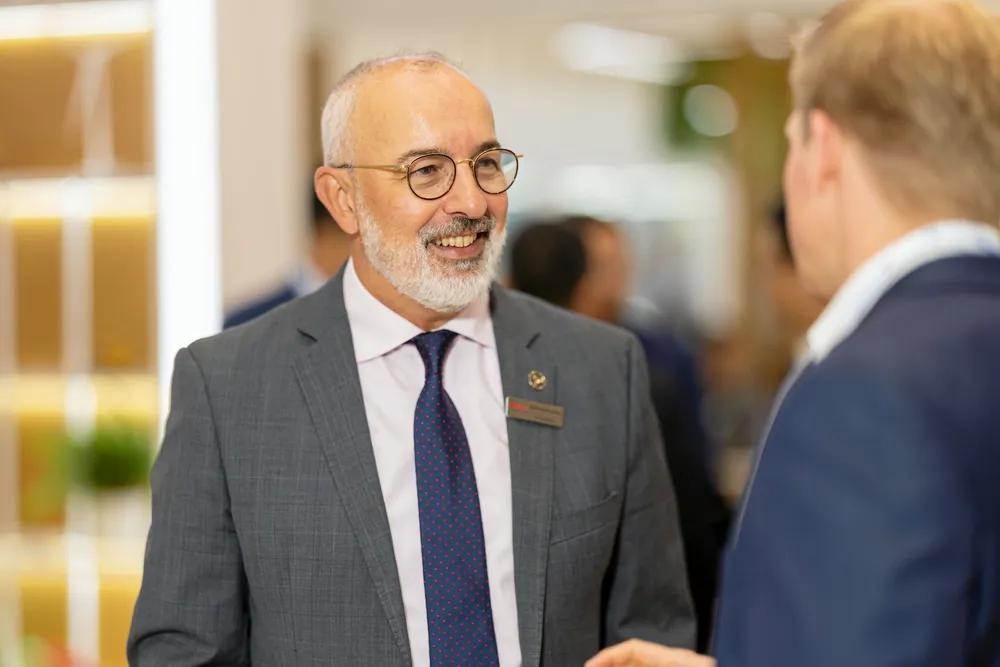Exclusive | Chinese giant planning European turbine factory – this is its strategy
Sany's regional chief tells Recharge which wind turbines are realistic for European market and mentions non-tariff barriers to Chinese manufacturers

Fast-forward to the same event last month, and Deng’s successor in the same position and at the same event had a more guarded approach.
The company is also concerned about how political upheaval could affect the wind industry.
“We don’t care about politics per se, but when it may have an impact on renewables targets or energy transition targets”, the company takes a closer look, he said, pointing to new governments in the US, Germany and Poland.
“We need enough volume to justify the business case,” said Soares. “European [wind installation] volumes have been stuck a bit, at about 15GW per year for a long time. We need to make sure that all conditions are in place to have a business case.”
“Our mindset is that if we build, then it will come. But for that, what we need is a political framework that guarantees volume.”
“There is a huge backlog of projects that need to be built. Financials are not in place to make projects feasible. And there is a discussion about adjusting targets.”
Sany’s rationale for trying to establish itself in the European market is quite simple.
“We want to be here, as most global asset owners are European. Iberdrola, RWE, EDP, EDF, etc. They are the largest asset owners on a global level,” Soares said. In other words, a breakthrough in Europe could boost sales the world over.
Smaller size
Deng, two years ago, had still said Sany was in negotiations to install two 10MW turbines in Germany this year, but those plans seem to have been given up.
While the 10MW machine last year was the best-selling in China, Sany reckons “Europe doesn’t have the infrastructure” for it, Soares said.
Road and rail transport in densely populated countries such as Germany or the Netherlands is not built for supersized turbines, so the company will be concentrating on its SI-175-7.8MW model for Europe. Also, many competitors have models with 175-metre rotor diameters on offer, which makes securing building permits easier, he added.
Non-tariff barriers
“The entry barrier is severe,” he said. “The main barrier for Chinese companies to come here is the statutory requirements. Grid compliance, unit certification, that in itself is an entry barrier. Companies really need to be committed to coming into Europe.”
The high requirements demanded in the European market “absolutely” constitute a kind of non-tariff barrier, according to Soares, but the Sany Europe chief added that this was not imposed intentionally by the EU.
“Things like sound power level restrictions or unit certification existed long ago.”
Security concerns
Sany is also aware of German government and wider European concerns related to infrastructure security, Soares said, but added that “a lot of turbines here are built with Chinese components” anyway.
“We stick to what is on the paper. A standard that has been predefined by governments related to cybersecurity. Those standards are known by companies.”
Sany complies with international ISO standards for wind turbines, specific procedures related to security by the EU, the trade bloc’s Cyber Reliance Act, and certification agencies in Europe, such as Germany’s TÜV.
“All else is just talk,” Soares said. “There is a guideline for technological diligence. We don’t speculate. We follow the rule that is in place today.”
Sany, for the time being, will only try to sell onshore wind turbines in Europe and not offshore machines as the company is only just starting offshore development in China, Soares added.
(Copyright)